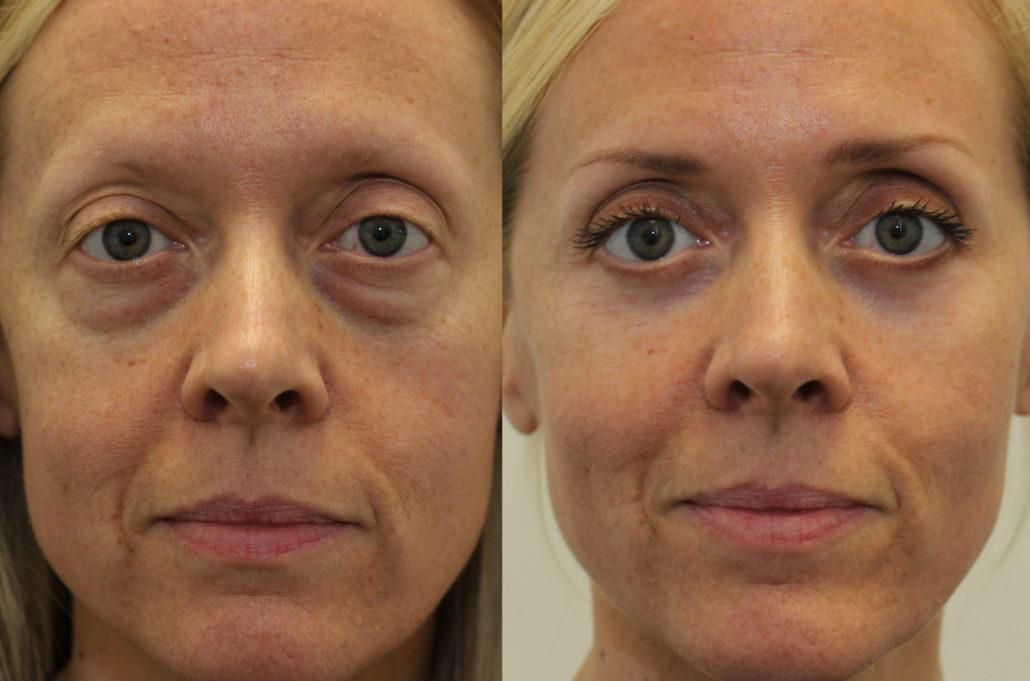Bloodshot or red eyes eyes are usually caused by an external irritant, called an allergen. Irritated eyes can look unpleasant, with pink or red streaks in the conjunctiva and sclera, which are usually white.
Common symptoms that often go along with bloodshot eyes include:
These are some common eye irritants:
To fight off the irritant, your eyes make a substance called histamine. Histamine dilates and inflames the tiny blood vessels under the eye’s surface.
Many cases of red eye are harmless and respond well to home or over-the-counter treatments. The best thing you can do is find what allergen is causing the red eye and avoid it. But some causes of red eye need medical diagnosis and prescription medicine.
So, if your eye is red or bloodshot, what should you do? What can you do at home, and when should you see a doctor?
Brenda Pagán-Durán, MD, an ophthalmologist in New Jersey, has a few tips to help you decide.
If you have bloodshot eyes, but none of these more serious symptoms, you can try a few things at home to help.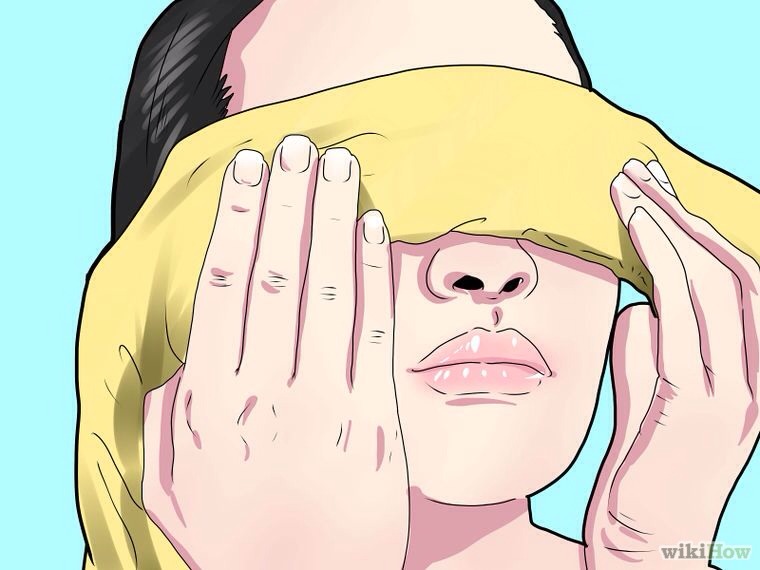
 Consider a dehumidifier to absorb excess moisture.
Consider a dehumidifier to absorb excess moisture.If home remedies don’t help after about a week, you could have an eye infection. Two main kinds of infection cause red eyes — viral and bacterial. Fungal eye infections are less common.
Pink eye (conjunctivitis) can be viral or bacterial. It’s important to get a diagnosis from a doctor, because treatments differ based on the kind of infection.
“I understand some people feeling this is just allergies or a virus and if I wait this will go away. But if you get other associated symptoms and it’s been a week, you want to make sure other things aren’t going on,” Dr. Pagán-Durán said.
Viral eye infections, the most common kind. They tend to improve on their own and don’t need prescription medicine. Bacterial eye infections require antibiotics. Both types of infection are contagious and spread easily.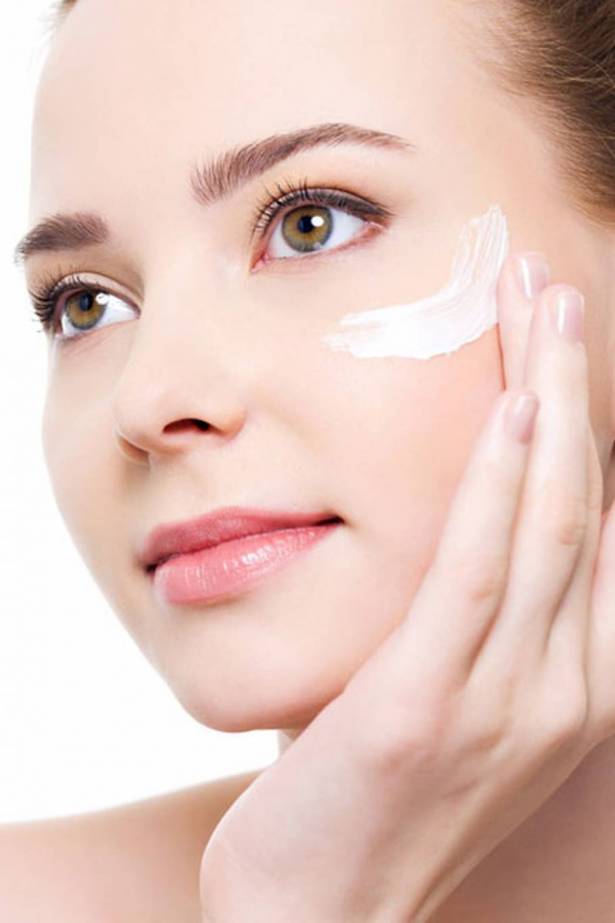
Family physicians or pediatricians can diagnosis most eye infections. Ophthalmologists have the tools and expertise for a more-detailed evaluation.
We include products we think are useful for our readers. If you buy through links on this page, we may earn a small commission. Here’s our process.
Red eyes
Your eyes are often considered to be a window into your soul, so it’s understandable that you don’t want them to be red and sore. Eye redness can happen when the blood vessels on the surface of your eye expand or dilate. This can happen when a foreign object or substance has gotten into your eye or when infection has formed.
Eye redness is usually temporary and clears up quickly. Here are some things you can do to make the process easier.
The right remedy for your red eyes depends on the specific cause. Generally, one or more of the following will ease the discomfort of most cases of red eyes.
Soak a towel in warm water and wring it out.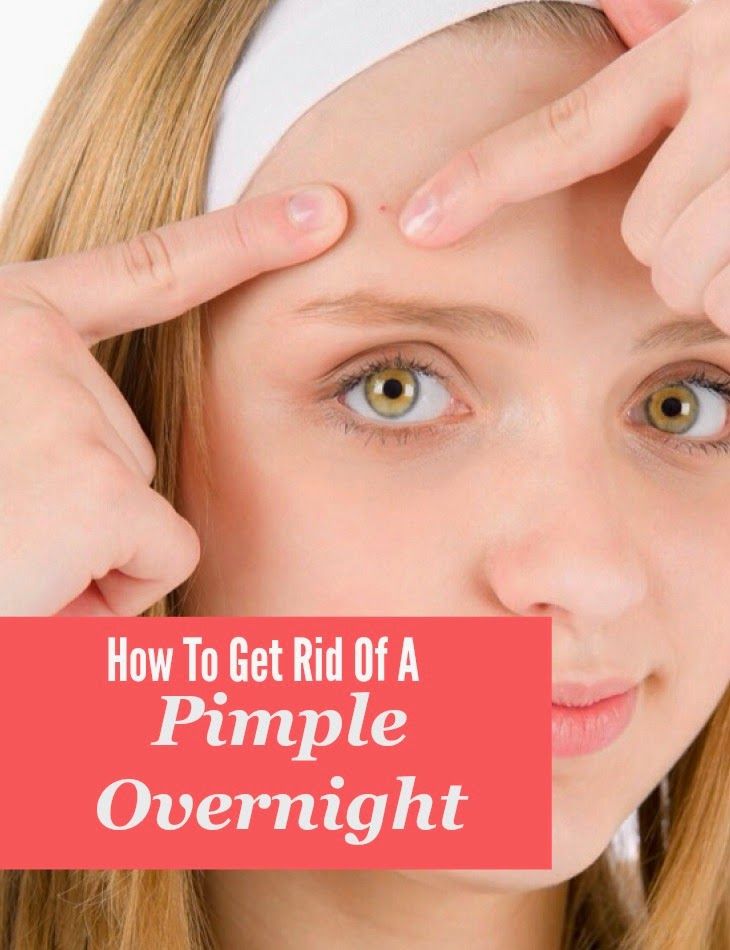 The area around the eyes is sensitive, so keep the temperature at a reasonable level. Place the towel on your eyes for about 10 minutes. The heat can increase blood flow to the area. It can also increase oil production on your eyelids. This allows your eyes to create more lubrication.
The area around the eyes is sensitive, so keep the temperature at a reasonable level. Place the towel on your eyes for about 10 minutes. The heat can increase blood flow to the area. It can also increase oil production on your eyelids. This allows your eyes to create more lubrication.
If a warm compress isn’t working, you can take the opposite approach. A towel soaked in cool water and wrung out may also provide short-term relief for red eye symptoms. It can relieve any swelling and reduce any itchiness from irritation. Be sure to avoid any extremes of temperature in the area around your eyes, or you may make the problem worse.
Tears lubricate your eyes and help keep them clean. Short-term or long-term dryness might call for over-the-counter artificial tears to keep your eyes healthy. If cool artificial tears are recommended, consider refrigerating the solution.
If you regularly experience red, irritated eyes, you may need to think beyond quick fixes. Here are a few lifestyle changes that may relieve your symptoms. You should also talk to your doctor if the problem persists.
Here are a few lifestyle changes that may relieve your symptoms. You should also talk to your doctor if the problem persists.
If you’re experiencing chronic eye redness and you wear contact lenses, the problem may involve your eyewear. The materials found inside certain lenses can increase your likelihood for infection or irritation. If you’ve recently switched lenses — or if you’ve had the same type of lenses for a while — and experience redness, talk to your eye doctor. They can help you pinpoint the problem.
The contact solution that you use can also affect your eyes. Certain solution ingredients aren’t as compatible with certain lens materials. Make sure you’re using the best contact solution for your lenses.
If you aren’t staying hydrated, it can cause your eyes to be bloodshot. Generally, a person needs about 8 cups of water a day to maintain a proper fluid balance.
Eating an excessive amount of inflammatory foods may cause eye redness.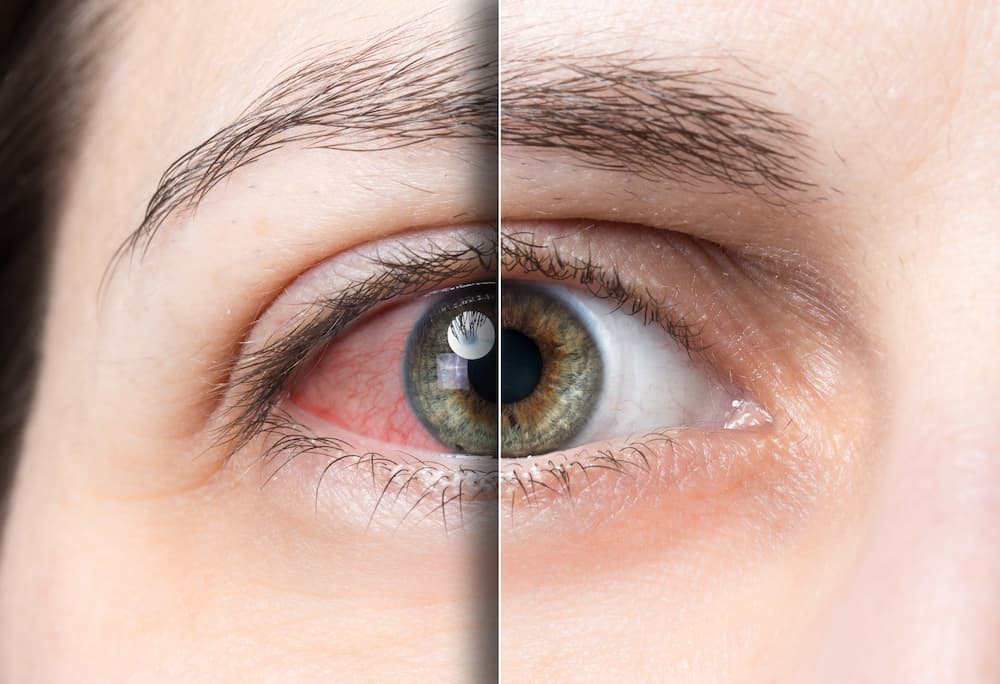 Processed foods, dairy products, and fast foods can all cause inflammation if eaten in excess. You can relieve this by limiting the amount you eat or adding more inflammation-reducing foods to your diet.
Processed foods, dairy products, and fast foods can all cause inflammation if eaten in excess. You can relieve this by limiting the amount you eat or adding more inflammation-reducing foods to your diet.
Research has found that foods rich in omega-3 fatty acids can reduce inflammation. These are commonly found in fish, such as salmon, and seeds and nuts, such as flaxseed. You can also take supplements containing omega-3s.
Your environment can also affect your eyes. If you’re constantly surrounded by allergens, such as pollen or smoke, it may be at the root of the problem. Dry air, humidity, and wind can also have an effect.
Although there are countless reasons why your eyes may be red, these are the most common:
As the name suggests, pink eye can cause inflammation in the eye area. The highly contagious condition appears in three forms: bacterial, viral, and allergic.
Bacterial conjunctivitis is typically treated with a prescription antibiotic.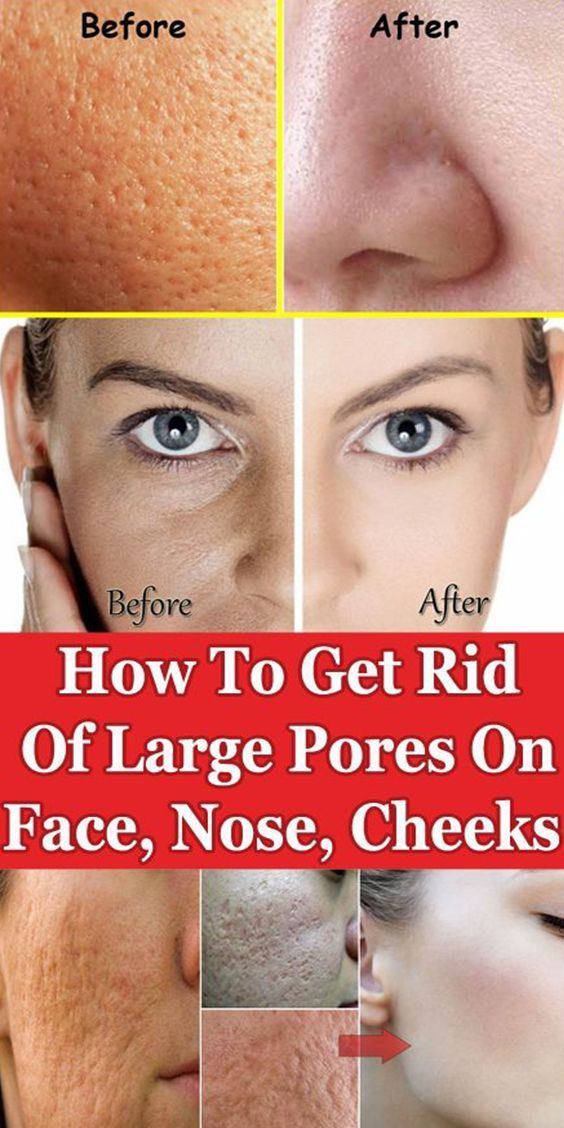 Viral conjunctivitis can be soothed with a cool compress and cool artificial tears. Symptoms generally clear in less than two weeks.
Viral conjunctivitis can be soothed with a cool compress and cool artificial tears. Symptoms generally clear in less than two weeks.
Allergic conjunctivitis also benefits from cool compresses and cool artificial tears. You should also consider cool allergy eye drops. Your doctor can help you identify the specific source of irritation and how to reduce it.
Check out: The best pink eye remedies »
Many people experience eye irritation when exposed to pollen. To reduce irritation, stay inside when pollen counts are highest. This is usually during mid-morning and early evening. You should also take precautions when conditions are windy. Use eye protection outdoors.
Mold is another common allergen. If that’s the case for you, keep the humidity level of your home between 30 and 50 percent. If you live in a humid climate, you may need a dehumidifier. Make sure you regularly clean high-humidity areas, such as basements or bathrooms, to keep them free of mold.
Pet dander can be controlled with some common sense strategies. If possible, keep your pets outside. You should also keep them away from things that will touch your eyes, such as bed pillows. Avoid rubbing your eyes after touching your pet, and wash your hands after any contact has been made.
Blepharitis is a common inflammatory eye disorder that causes redness in the eye area. It can also cause:
There isn’t any strong evidence to suggest that antibiotics are effective against blepharitis. Conventional remedies call for keeping the eyelids clean and using a warm compress.
A less common type of red eye is a single, dramatic blood-colored patch on the eye. This blotch is typically a bruise similar to what you may have on the skin. It may arise after a minor bump or even coughing or sneezing. High blood pressure and use of blood thinners increase the chance of a hemorrhage.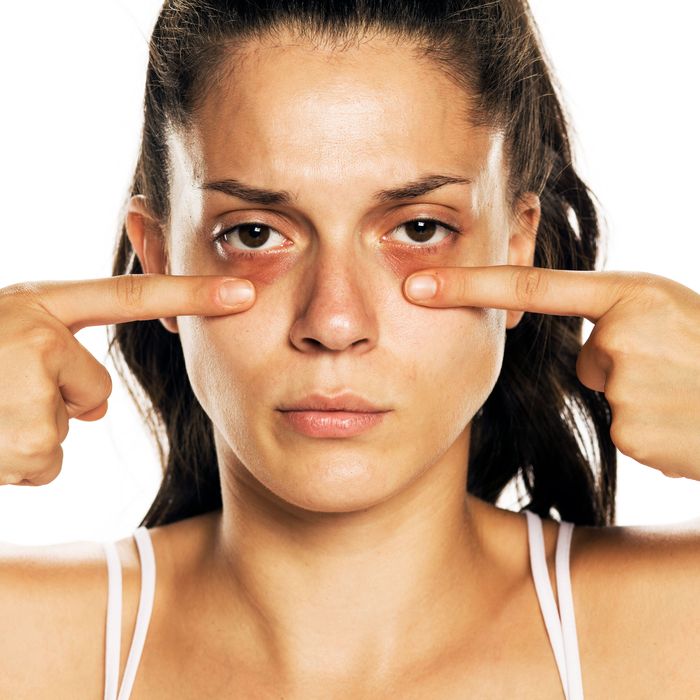
This generally clears up in two weeks without any treatment. You should see a doctor if you’re having any pain or persistent discomfort.
You should see a doctor if you:
Your doctor will run through a list of questions to help diagnose your symptoms. These questions may include:
In most cases, the conditions that cause eye redness aren’t serious and will clear without medical treatment. Home remedies, such as compresses and artificial tears, can help relieve any symptoms you may be experiencing.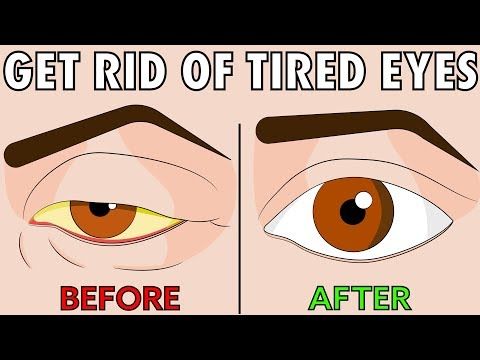 If the symptoms persist or include pain or loss of vision, you should seek immediate medical care.
If the symptoms persist or include pain or loss of vision, you should seek immediate medical care.
Keep reading: Severe allergy: Symptoms and treatments »
Fatigue and eye strain is a problem that many people face. Eyes get tired not only in adults, but also in children. At the same time, itching and burning are felt, there is a feeling of photophobia, a headache, the image may blur. One of the visible symptoms of overexertion is redness of the eyes.
In itself, eye fatigue or, as experts call it, asthenopia, is not a disease. However, this does not mean that it can be ignored. Often, overexertion leads to serious visual disturbances or is a sign of an eye disease that has already arisen. Therefore follows see an ophthalmologist .
Of course, the easiest way to get rid of fatigue is rest. But what if you can't stop working right now? Or if a simple rest is no longer enough to solve the problem?
In this situation, eye drops will help from fatigue and eye strain. They do not eliminate the cause of asthenopia and, moreover, do not treat any pathologies, however, drops can alleviate your condition and get rid of discomfort.
They do not eliminate the cause of asthenopia and, moreover, do not treat any pathologies, however, drops can alleviate your condition and get rid of discomfort.
Contents
At first glance, the answer to this question is obvious. Eyes get tired due to increased visual load. Long work with documents, long reading, sitting at a computer or active use of a TV, smartphone or tablet - both adults and children are affected by the disease.
Prolonged work at the computer leads to overstrain and eye fatigue
However, the list of factors that cause eye strain and fatigue is not exhaustive. The following reasons should also be noted:
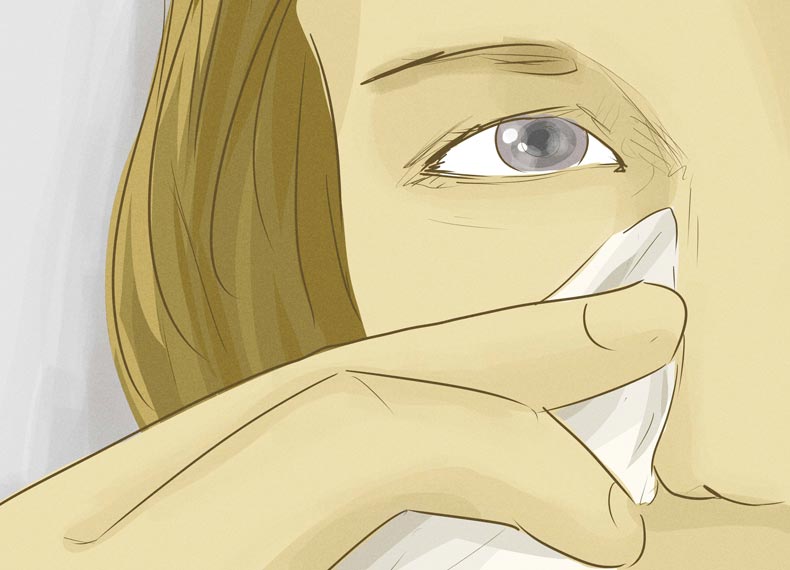
Due to the use of low-quality cosmetics or the use of cosmetics in large quantities, alcohol abuse, exposure to tobacco smoke, the eyes can also get tired. Allergic reactions and inflammatory diseases can also cause tension.
It happens that the eyes get tired due to wearing contact lenses. This is often faced by people who have only recently started using them. But fatigue and eye strain can also indicate, for example, that the lenses you wear are not chosen correctly.
That is why it is important to visit an ophthalmologist. He will conduct the necessary diagnostics and determine the reasons due to which your eyes get tired. In some situations, treatment is required, in others it is necessary to eliminate the negative factors that affect your organs of vision. You can also use eye drops for fatigue and eye strain, which help to get rid of discomfort.
What are the signs that you need to see an ophthalmologist? First of all it is:

Who are eye drops recommended for?
Fatigue eye drops are useful for anyone who often experiences eye strain. You may not feel discomfort, but this does not mean that your eyes do not need support. It is worth taking care of buying drops if you:
In fact, schoolchildren and students, office workers, drivers, journalists, teachers should periodically use eye drops for preventive purposes against fatigue and eye strain.
Eye drops are chosen according to the causes that cause fatigue and strain on the organs of vision. It is also necessary to keep in mind that many drugs have contraindications. For example, individual intolerance is possible, not all drops are suitable for children and pregnant women.
Before buying a product that relieves eye fatigue, it is better to consult a doctor
All of the above means that the choice of remedy should be discussed with an ophthalmologist. If your prescribed drops are too expensive, talk to your specialist about a cheaper replacement.
You can independently choose moisturizing eye drops for fatigue and eye strain, provided that:
The feeling of dryness in the eyes often occurs when working at a computer for a long time. This is due to the fact that due to increased concentration, you blink less often. In this situation, you can use drugs that are as close as possible to natural tears in their composition. These are, for example, Artelak Splash, Systane Ultra and Gilan. They can be used up to 5-6 times a day, as needed.
Also, with increased visual load, vasoconstrictor drops can help.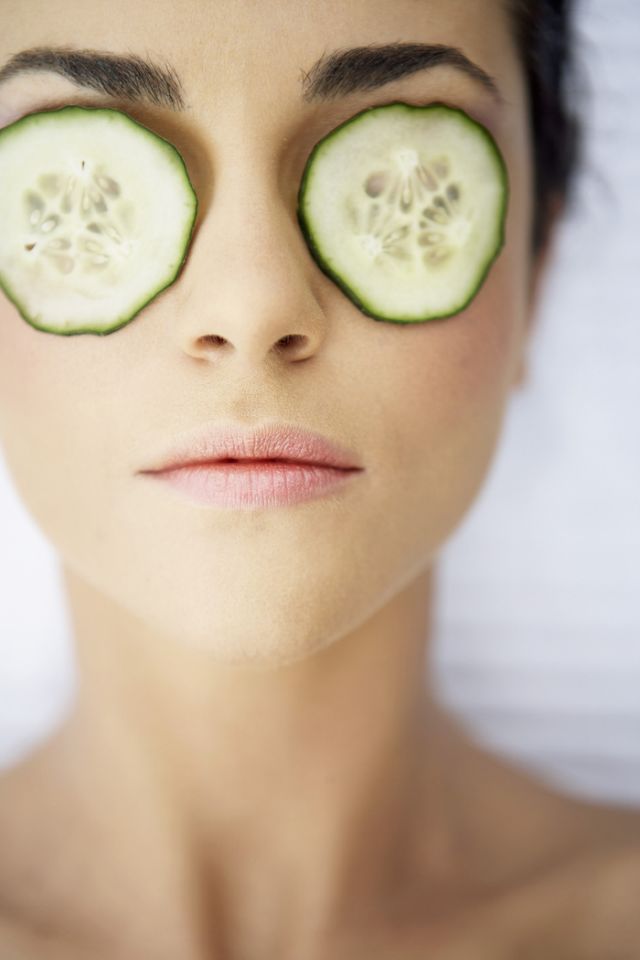 Thanks to them, the small capillaries in the white of the eye narrow, and the redness caused by their expansion disappears, and with it you can get rid of puffiness. This category includes, for example, Innox, Okumetil and Vizin.
Thanks to them, the small capillaries in the white of the eye narrow, and the redness caused by their expansion disappears, and with it you can get rid of puffiness. This category includes, for example, Innox, Okumetil and Vizin.
But they should be used with extreme caution. The fact is that the regular use of drops that constrict blood vessels can cause malnutrition of the structures of the eye and increase intraocular pressure. Also, these drugs can be addictive. This means that they should be instilled into the eyes no more than 1-2 times a week.
Drops can be bought at Happy Look opticians or pharmacies.
Whatever drops you buy, be sure to read the instructions. It lists contraindications, and if you see that this drug is not suitable for you, do not use it.
Do not buy a large number of drops in reserve. Buy one bottle, use it until it's empty, and only then buy the next one. It should not be forgotten that an open vial can be stored for a limited time. The shelf life is indicated on the packaging and is usually up to 3 months.
The shelf life is indicated on the packaging and is usually up to 3 months.
Eye drops for fatigue are most often sold in plastic bottles, supplemented with a special spout. Such packaging is good because it allows you to do without a pipette, besides, its contents do not spill. This is especially convenient for those who use the drops at work or take them with them on a trip. A tool that is dripped from a pipette is best purchased if you are going to use it at home.
Also on sale are disposable tubes-droppers. They are suitable for those who rarely use eye drops.
Most drugs have age restrictions. This means that you should not choose a remedy for fatigue and eye strain for children on your own, even if you think that the child does not have a serious pathology, and you just need to get rid of dryness of the cornea and other unpleasant consequences of increased visual load. Before using any drops, check with your ophthalmologist to see if they are right for your child.
Good eye drops often have age restrictions, so only a doctor can prescribe them to children.
As a rule, moisturizing drops can be used from an early age. But before buying, you need to look into the instructions and carefully study everything that it says about age restrictions.
Signs of eye fatigue in children can also be a sign of a possible illness. It is better to play it safe and check your eyesight, and if necessary, choose the means of correction.
Eye instillation is a simple procedure, but it must be performed with the utmost care.

As a rule, moisturizing and vasoconstrictive drops from fatigue begin to act immediately after instillation.
Redness of the eyes is an unpleasant situation both from an aesthetic and physiological point of view. It may be accompanied by itching, burning and pain in the visual organs, photophobia, sensation of a foreign body in the eye.
As a rule, redness occurs with the expansion of small vessels on the surface of the sclera (the white of the eye). In itself, it is not a disease, but it can be both a consequence of overwork due to increased visual load, and a symptom of the disease. Redness of the eyes occurs not only in adults, but also in children. The disease often accompanies people who spend a lot of time at a computer or with mobile devices.
Drops from redness of the eyes will help get rid of discomfort and restore clarity of vision. However, it should be borne in mind that this disorder occurs for various reasons. Therefore, drops should be selected, focusing on the cause of redness. And don't forget the need consult an ophthalmologist . The specialist will determine what provokes redness, and prescribe treatment taking into account the characteristics of your health.
Contents
There are a number of reasons that provoke vasodilation on the surface of the sclera. This is first of all:
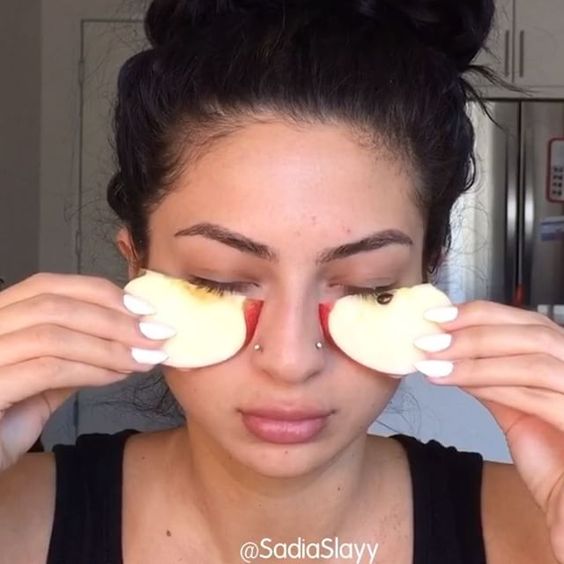
Mobile gadgets can cause red eyes
Separately, it is worth noting the redness of the eyes that occurs when wearing contact lenses. This symptom is especially characteristic for those who have just started using lenses - this is how the body reacts to a foreign body in the eye. As you get used to the problem will disappear, but if you wear lenses for a long time, and the redness does not go away, this is a serious reason to seek medical help.
Redness also appears in cases where you do not properly care for the lenses, do not pay enough attention to cleaning them and do not replace them on time. Prolonged wearing of contact lenses during the day can also cause vasodilation, which is manifested by redness. Take breaks and let your eyes rest from the lenses.
What drops to choose for the treatment of itching or burning in the eyes? Most importantly, the remedy for redness of the eyes is selected in accordance with the specific cause, due to which the vessels of the sclera expand. This means that you can not do without contacting an ophthalmologist. Only he can make an accurate diagnosis and say why your eyes are red and itchy. The specialist conducts not only a visual examination, but also biomicroscopy - an examination using a special microscope. If necessary, he does additional tests to evaluate the work of the lacrimal glands.
This means that you can not do without contacting an ophthalmologist. Only he can make an accurate diagnosis and say why your eyes are red and itchy. The specialist conducts not only a visual examination, but also biomicroscopy - an examination using a special microscope. If necessary, he does additional tests to evaluate the work of the lacrimal glands.
In addition, many drops have contraindications. For example, not all products are suitable for children and pregnant women. Individual intolerance to the components included in their composition is also possible.
If the drops recommended by your doctor seem too expensive for you, do not look for a budget replacement on your own, discuss a possible alternative with a specialist.
The ophthalmologist will find the cause of the redness of the eyes and prescribe the appropriate treatment with drops
Perhaps you need not just one drop, but several of their varieties. In this case, they need to be instilled into the eyes alternately, with an interval of at least 10 minutes.
If there is no suspicion of a serious pathology, and the discomfort is not permanent, you can independently choose moisturizing drops for redness of the eyes. They mimic natural tears and help get rid of dryness.
Even if you do not have a serious eye disease, you should use drops if you:
There are manufacturers who produce solutions in disposable dropper tubes. They are simple and convenient to use, and you can always carry them with you, take them on trips, so that if redness caused by overwork occurs, the problem is quickly solved.
Eye redness drops are an ophthalmic solution, the composition of which is chosen in such a way as to solve vascular problems caused by specific causes. Therefore, all funds are divided into several groups.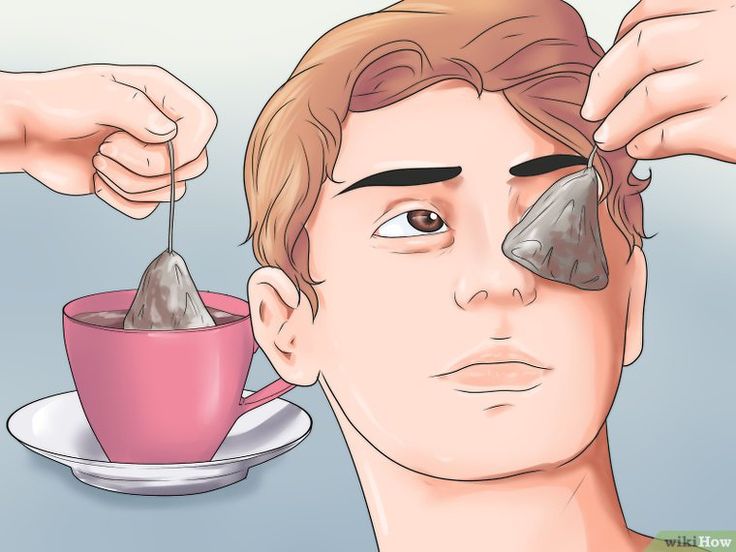
Drops "Gilan" imitate a natural tear
Moisturizing compositions are necessary for constant visual work, especially with a high load, as well as when wearing contact lenses. As mentioned above, they mimic natural tears and moisturize the surface of the eyes, helping to get rid of burning and itching, reducing the negative impact of external factors. Moisturizing drops can be used as needed, daily, up to 5-6 times a day.
Drops that constrict blood vessels and help relieve swelling are also recommended for increased visual stress. Thanks to them, the small capillaries in the albuginea narrow, and the redness disappears, and the eye looks white again. Vasoconstrictor drops can be used no more than 1-2 times a week. Regular use of such drugs can lead to undesirable consequences, for example, malnutrition of the structures of the eye and increased intraocular pressure. In addition, drugs in this group are addictive.
Preparations "Systane Ultra" and "Systeine Ultra Plus" allow you to quickly remove redness
An ophthalmologist prescribes antihistamine and anti-inflammatory solutions if the cause of redness of the eyes is an allergic reaction.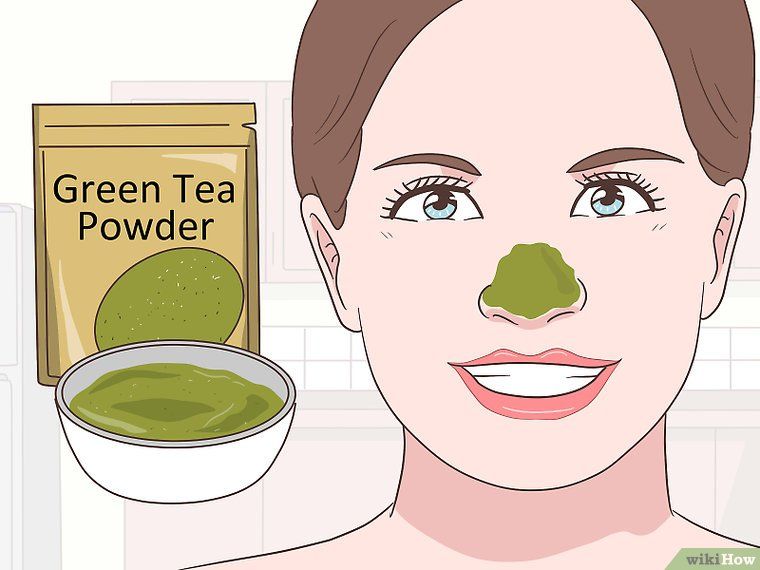 They help to cope with vasodilation, as well as itching and increased tearing. In severe cases of allergies, hormonal solutions help.
They help to cope with vasodilation, as well as itching and increased tearing. In severe cases of allergies, hormonal solutions help.
Often the cause of redness of the eyes is an infection. In this case, it is necessary to use antibacterial drugs.
Eye drops "Artelak Splash" effectively fights dry eyes
With SARS, influenza and the herpes virus, antiviral drops may be prescribed. Vitamin complexes are used to maintain eye health. These are general tonic drugs that can be used for preventive purposes. But they won't help if your eyes are already red.
To combat redness of the eyes, the following preparations are used:
